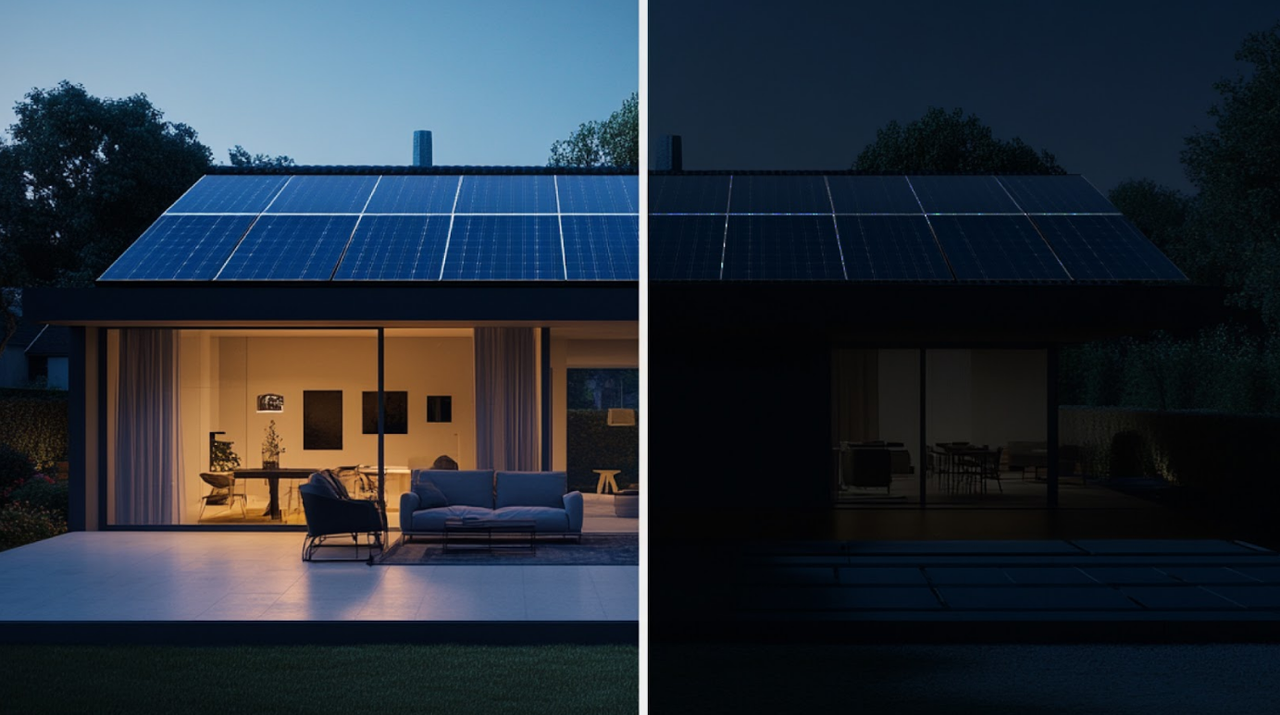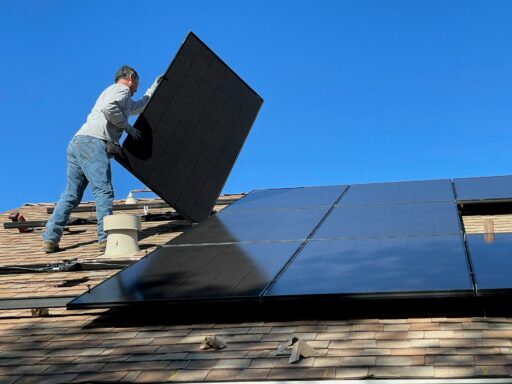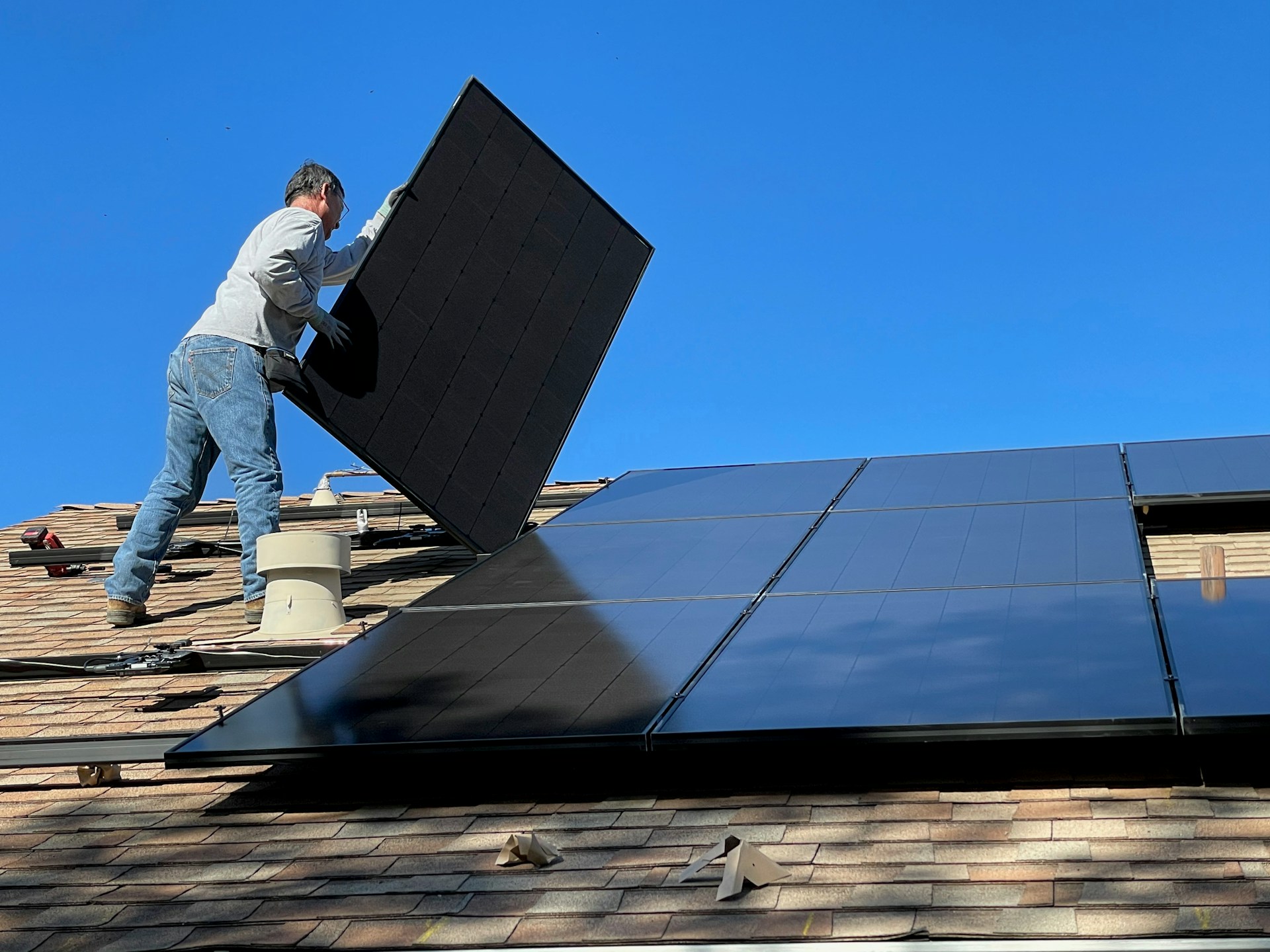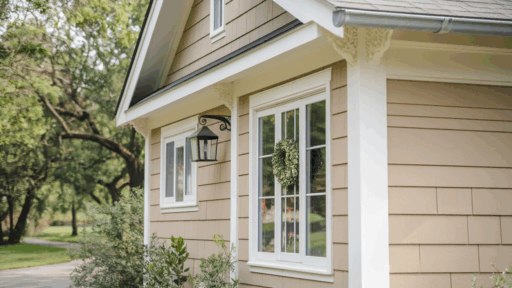With the growing impact of climate change, severe weather becomes an increasingly significant inconvenience to residential solar installations. Severe weather events affecting solar installations have increased by 67% since 2010, with the average cost to repair the damages topping $12,000 per event. Pros With a solar energy for home system you have not only energy independence and reduced environmental impact, but future cost savings for decades to come. However, they are installed as outdoor systems, so they’re more susceptible to the rages of Mother Nature. Whether it’s hail the size of golf balls or 150mph winds, these conditions may threaten the integrity of your system and wear it down throughout its lifetime. Thanks to the latest advancements in technology and smart energy management products, such as the EcoFlow PowerInsight system, homeowners finally have the tools they need to safeguard their solar investments. This article looks at four (4) smart strategies that leverage advanced AI, strong warranty coverage and intelligent energy management to protect your solar investment amidst harsh weather conditions. With these safetechs in place, you can guarantee the safety and productivity of your renewable energy investment for years to come.
Understanding Extreme Weather Threats to Home Solar Systems
Solar technology is subject to a number of weather-related challenges that can affect its efficiency and lifespan. Hail damage is one of the most pressing concerns, as it can cause panels to crack and become 80% less efficient. Mounting systems and the overall solar system can be especially vulnerable to hurricane-force winds, especially on the coast, and the failure rate has been high, as 40% of the private residential units were found to have structural damage after Hurricane Ian.
Snow accumulation has two threats, with pressure acting as a weight and risk of water damage during melting, just as floods are capable of ruining ground-level components like inverters and electric connections.
Recent warranty claims analysis finds that the main cause of weather-related claims is due to inverter damage, representing 35% of weather-related claims. Next is mount screws at 28%, and panel damage at 25%. Local risk assessment reveals that coastal lines are three times more exposed to weather-related preventive actions per line km than the inland one and, for mountain lines, ice-deposition shedding and extreme temperature variations result specific to them. The economic ramifications are significant – in addition to making the immediate repair that runs about $12,000 on average, system downtime can translate into a month or more of lost energy generation as well as upward spikes in your utility bills.

The knowledge of these weaknesses is essential for the implementation of preventative measures. Homeowners should check them seasonally for stability, the condition of panel surfaces, and the way that water is able to drain. Baseline images and performance data of the installed system is important for warranty (litigation, insurance claim) documentation of the conditions of the current OWS. This proactive membership risk analysis action is what, in many cases, leads to minimizing the potential for catastrophic system failures under extreme weather conditions.
Warranty Protection: Your 15-Year Safety Net
A comprehensive warranty ensures the most protection and value with industry-leading 15-year coverage against weathering. Terms of warranty are crucial for warranty scope maximization. One is a loss in performance, the other, physical damage, in which the latter is directed to extreme weather damage. Key items of warranty inclusions are full replacement for hail damage larger than 1 inch in diameter, storm/wind damage through to cat 3 hurricanes and water infiltration via correctly sealed components. To keep coverage in force, homeowners are required to document quarterly visual inspections and keep a digital log of the system’s performance. When claims come, the simplified claim process is predicated on photo documentation of damage, system performance logs evidencing that you have been affected, as well as documentation of regular maintenance. This warranty is well beyond industry standard 10-year terms and protects users for the expected lifetime of the system. If you successfully claim, keep detailed records of installation photos, annual maintenance checks and any trips from professional service calls.
Financial Incentives for Weather-Resilient Solar Upgrades
Homeowners can substantially reduce costs for weather protection through intelligent drawing on financial incentives. The following levels of tax credits are currently available for hurricane-resistant mount systems and protective coverings: 30% Solar Tax Credit The Federal Solar Tax Credit now also includes a 30% credit for eligible hurricane-resistant mount systems and protective coverings installation. In addition to federal incentives, state-level programs offer lucrative rebates: coastal states will pay up to $5,000 for hurricane-rated mounting systems, while inland states prioritize hail protection systems. Insurance underwriters also recognize the value of protected solar installations – some of the largest insurers offer an average of 15 percent off premiums for AI-protected systems with certified weather-resistant components. On top of that, local utility companies offer performance-based incentives, giving a bonus to systems that continue to produce during extreme weather conditions. For a variety of reasons – from insurance incentives to reduced claim recovery costs – weather-resistant solutions replace their investment costs within 4-7 years.
Analyzing Energy Consumption Patterns for Resilience
AI-Optimized Energy Management Systems
Understanding your home’s energy consumption patterns is crucial for building weather resilience. Modern energy management systems analyze historical usage data to identify critical loads that must remain powered during outages, typically including refrigeration, medical equipment, and security systems, which account for 30% of average household consumption. By categorizing remaining loads as non-essential, homeowners can implement strategic load-shifting protocols during high-risk weather periods. AI algorithms continuously monitor weather forecasts and automatically adjust consumption patterns, reducing strain on battery reserves before storms arrive.

Artificial intelligence monitors daily changes and builds personal resilience profiles based on household habits and local weather. In the event of severe weather conditions, AI can selectively prioritize power distribution to sustain core operations while increasing backup duration. Real-time dashboards offer insight into energy flows while predictive analytics can forecast potential system stress points up to 72 hours in advance. This enables an active management of loads, with the possibility of pre-cooling houses before peak storm times, or scheduling energy-intensive activities when solar production is optimal.
It automatically keeps protection up to date and allows users to manage threats with the click of a button. The system can call for emergency protocols, like diverting power to sump pumps when a flood warning is issued or giving priority to medical equipment during prolonged outages. With remote monitoring, homeowners can make system changes and monitor status from anywhere, keeping them fully protected even when they’re not at home.
AI-Driven Protection Systems for Solar Power
Real-Time Protection Systems
Some of the latest and greatest in safety are advanced AI-powered protection systems in solar installations. Networks of sensors are frequently used in protection systems as they are capable of continuously monitoring the environment. Predictive algorithms evaluate for particle size and velocity when hail is sensed and deploy protective measures in 300 milliseconds. Wind sensors track breezes in 3D, then tilt panels as necessary to conserve mounting hardware but push for peak power production. In winter, thermal imaging and pressure sensors monitor snowfall loads in concert with smart tilt mechanisms to avoid buildup and potentially dangerous loads.
Implementation Roadmap: From Assessment to AI Integration
Real security from AI starts with an expert site assessment that takes local weather conditions and system liabilities into consideration. The installation from the ground up: First, after evaluating the site’s risk factors (e.g., structural integrity, drainage history and past weather patterns) megawall installs the back panels. Second, as for hardware upgrade, choosing suitable hardware updates such as strengthened mounting systems and smart sensors. Thirdly, applicable to the AI platform settings for the site and the local weather station. Fourth, by way of system hardening arrangements or setting backup modes and fail-safe channels. A final step is adjustment of routine maintenance schedules according to season-based risk factors and system performance data. Frequent updates make sure that the AI system continues to refine its predictive functions as it learns from new data from the weather forecast.
Securing Your Solar Investment for the Long Term
You have to take a multi-factored approach to protect your solar investment from bad weather and it’s something that involves good planning and technology and documentation. Through the use of these financial incentives, in conjunction with smart energy management techniques, homeowners are able to build resilient systems that perform even through extreme-weather scenarios. The next generation of solar tech looks to be even more advanced in terms of weather adaptation, as AI systems are designed to learn on-the-fly climate changes and adapt accordingly. Protect your solar investment by scheduling a no-obligation professional resilience audit today. And with the right safeguard system in place, you can rest assured that your solar system will provide the clean energy you crave for many years to come, no matter what Mother Nature manages to throw at it. And keep in mind that the cost of protection is relatively small against the losses you might experience from weather-related damage, so these tactics are important if you’re in it for the long haul of solar power.








